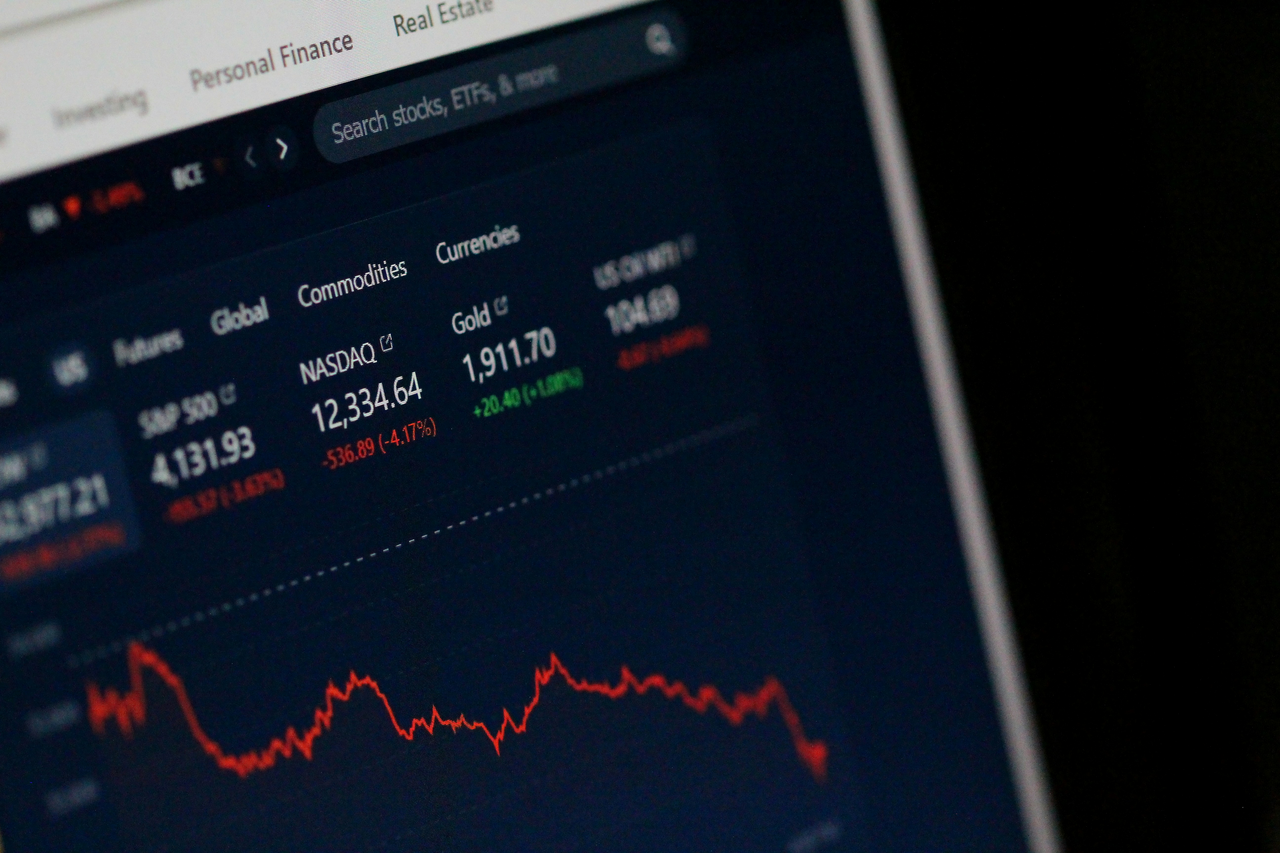A primer on options pricing and volatility
Drew Davies, Research Analyst (London)

Investors track option prices and volatility for several reasons, whether that be to use in options trading and market making or to monitor overall market sentiment during uncertain times. This report introduces volatility and provides an overview of the third-party aggregators within the options pricing and volatility space. Options flow and reference data will be discussed in a future intelligence piece.
Introduction to VOLATILITY
Volatility refers to how much the price of an asset moves over time. When an asset has a high volatility, its price fluctuates more notably, while a low volatility means the price stays relatively stable. There are two types of volatility:
- Historical volatility: Measures the fluctuations in past prices.
- Implied volatility: Uses options prices to understand the market's expectation for future price changes.